What is change intelligence?
Change intelligence can be defined as any useful piece of information relating to a property or street regarding a change which may have occurred.
This doesn't have to relate to an existing property or street which is "in use" or "open", for example it could be intelligence about a property or street which currently does not exist (planned or currently under construction).
Change intelligence could relate to a propertys' or streets':
Lifecycle
Classification
Location
Organisation or property name
Any other type of useful information which Authority Custodians are required to maintain.

Why is it important?
The world around us is constantly changing at a rapid rate. A significant proportion of these changes will relate to a property or street however it is extremely difficult to keep track of and reflect these in your address or street gazetteer.
Part of the challenge is identifying useful sources of this change information which is also relevant. However if identified, they represent a valuable source of information that can help:
Validate what you currently have
Supplement what you currently have
Update what you currently have
The result of this is that change intelligence can help you maintain your gazetteer more effectively and accurately.
What information are we talking about?
Local authorities have multiple departments which capture information about properties and streets for their own service delivery needs. A lot of these represent viable sources of intelligence that can help supplement your address or street gazetteer or provide a check on what you currently hold.
In some areas, local authorities possess authoritative information for example being the legal body responsible for licensing properties as HMOs, or restaurants selling alcohol.
The table below explores some of these sources, the information they have and what this means for the gazetteer.
Department | Information of interest | Type of intelligence |
|---|---|---|
Environmental Health | Licensed premises including:
|
|
Parking |
|
|
Refuse collection |
|
|
Family Information Services (FIS) |
|
|
Planning |
|
|
Building Control |
|
|
Revs & Bens |
|
|
How to gather change intelligence
The video accompanying this guide outlines some practical steps on how to gather change intelligence from local authority departments.
Along the way, you may well face some apprehension from departments regarding data sharing and personal information. If this is the case, our guide below provides advice on this topic which will help you work with the department to overcome their concerns.
In addition, you may well want to build a network of contacts within your authority of key individuals who use address or street information. You could utilise this network to assess what change intelligence exists or as a support network, helping you investigate address or street queries based on their own departmental data and expertise. A guide outlining how to do this is also included below.
